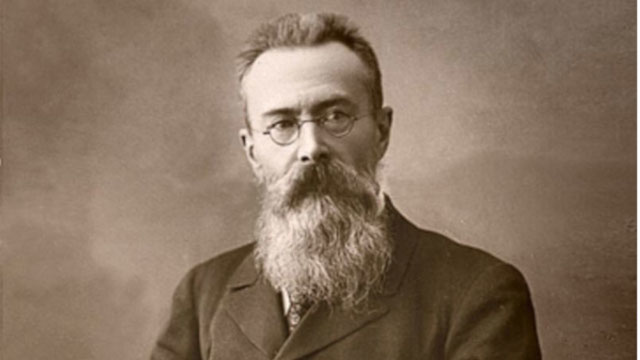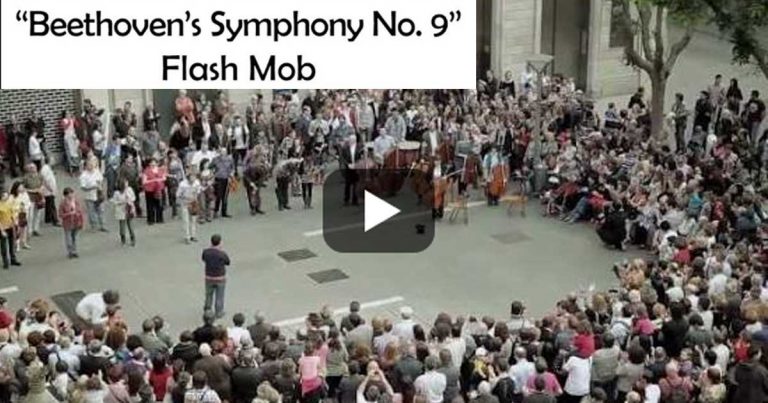Flight of the Bumblebee – Rimsky-Korsakov (Classical Music)
Updated:
“Flight of the Bumblebee” is not just a composition; it’s an exhilarating journey that captures the essence of a bumblebee’s frantic flight. This piece is a staple in the world of classical music and has fascinated musicians and audiences alike since its inception. Let’s explore the magic behind this iconic work, how to play it, and why it continues to inspire people around the globe.
Who Composed “Flight of the Bumblebee”?
The enchanting “Flight of the Bumblebee” was composed by famous classical composer, Nikolai Rimsky-Korsakov in 1899 as an orchestral interlude for his opera “The Tale of Tsar Saltan.” This vibrant piece is a perfect demonstration of Rimsky-Korsakov’s mastery of orchestration and his ability to evoke imagery through music. The rapid tempo and intricate melodic lines mimic the erratic flight of a bumblebee, making it a favorite among both performers and listeners.
When Was “Flight of the Bumblebee” Composed?
Rimsky-Korsakov composed “Flight of the Bumblebee” in 1899, during a period when he was refining his craft and establishing his reputation as a leading composer in Russia. The piece has since become one of the most recognizable and frequently performed works in the classical repertoire, showcasing the composer’s innovative style and technical prowess.

What Tempo Is “Flight of the Bumblebee”?
The tempo of “Flight of the Bumblebee” is typically marked as Presto, which means it should be played very quickly. The piece is often performed at a tempo of around 120 to 168 beats per minute (BPM), creating a sense of urgency and excitement that mirrors the chaotic movement of a bumblebee. This rapid pace is what makes the piece both thrilling and challenging to play.
How Hard Is “Flight of the Bumblebee”?
Is “Flight of the Bumblebee” hard? The answer is a resounding yes! The piece is often considered one of the most challenging works for instrumentalists due to its rapid tempo and intricate passages. Whether you are a violinist, flutist, or pianist, mastering this composition requires dedication, skill, and a lot of practice. For pianists, it is typically categorized as a grade 8 piece, which is the highest level of difficulty in the Royal Conservatory of Music system.
How to Play “Flight of the Bumblebee” on Piano
Now, if you’re eager to tackle this exhilarating piece on the piano, here are some tips on how to play “Flight of the Bumblebee”:
- Start Slow: Begin by practicing the piece at a slower tempo. This will help you become familiar with the notes and fingerings without feeling overwhelmed.
- Break It Down: Divide the piece into smaller sections. Focus on mastering each segment before gradually putting them together.
- Use a Metronome: Gradually increase the tempo using a metronome. This will help you maintain a steady rhythm as you build speed.
- Focus on Technique: Pay attention to your finger positioning and hand movements. Efficient technique is crucial for playing this piece cleanly and accurately.
- Practice Regularly: Consistency is key. Make practicing “Flight of the Bumblebee” a part of your daily routine to build muscle memory and confidence.
What Key Is “Flight of the Bumblebee” In?
“Flight of the Bumblebee” is primarily composed in the key of B minor. This key choice adds a certain intensity and urgency to the piece, enhancing the portrayal of the bumblebee’s frenetic movement. The use of minor scales often evokes a sense of drama, perfectly aligning with the theme of the composition.
What Time Signature Is “Flight of the Bumblebee”?
The piece is written in a 4/4 time signature, which means there are four beats in each measure. This common time signature allows for a steady pulse, even as the notes fly by at breakneck speed. The rhythmic structure is essential for maintaining the piece’s lively character.
How Many Notes Are in “Flight of the Bumblebee”?
While it’s difficult to pinpoint the exact number of notes in “Flight of the Bumblebee,” it is estimated that the piece contains over 200 notes in just a few minutes of music. This dense note structure is what contributes to the exhilarating feeling of the composition, as each note seems to dance and flit about like a bumblebee in flight.
